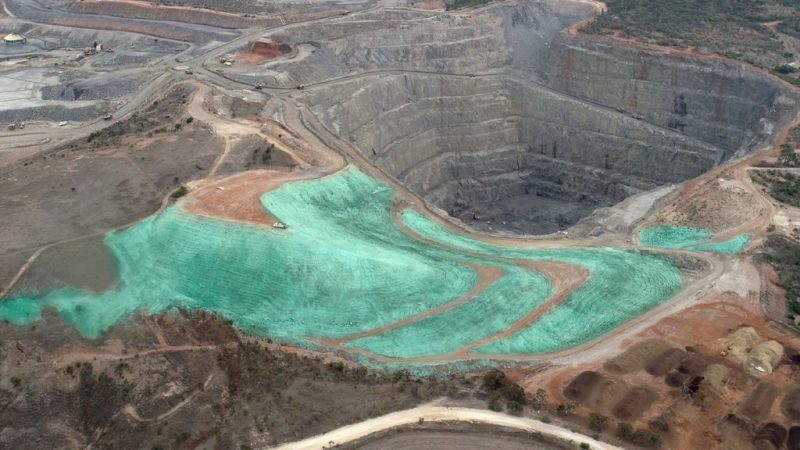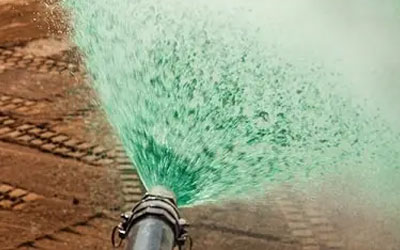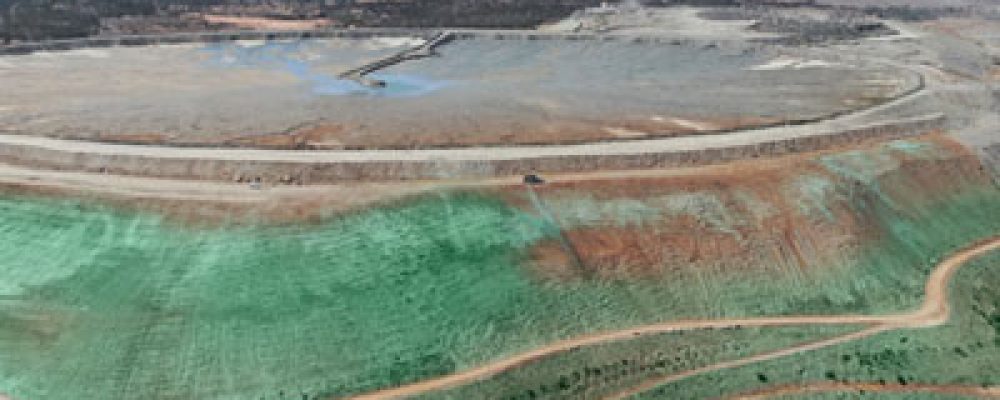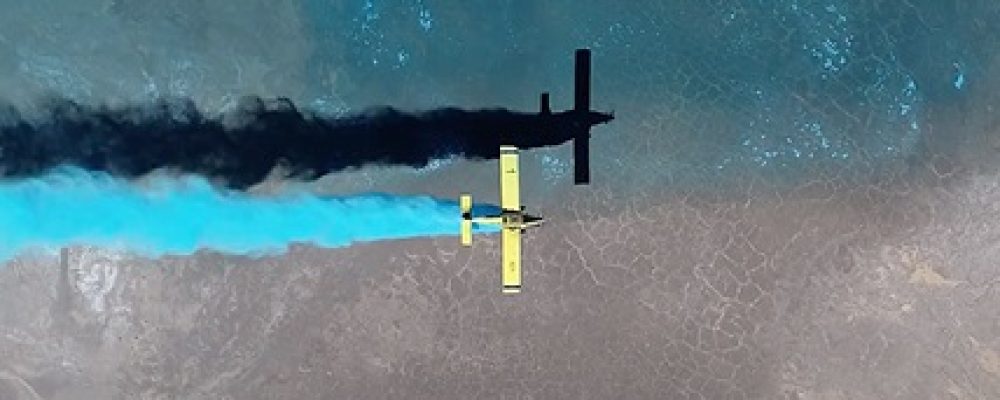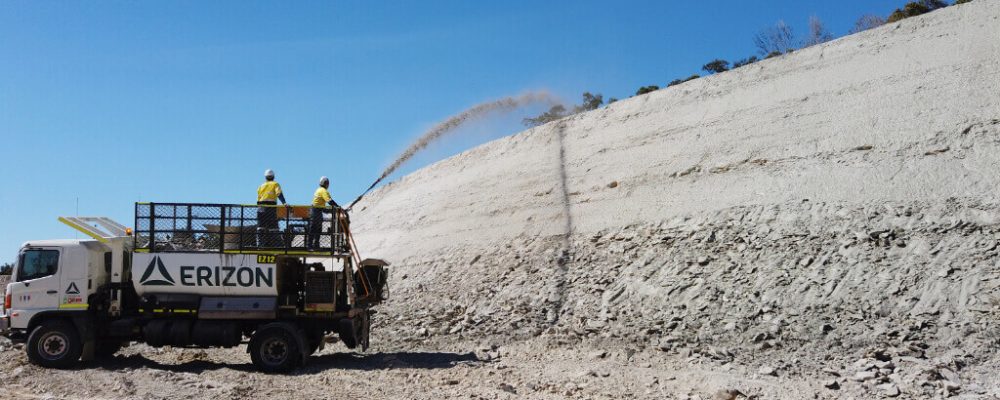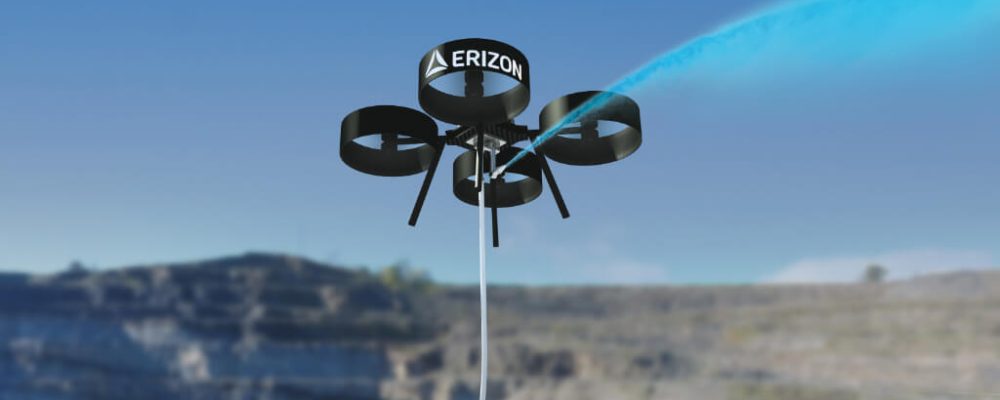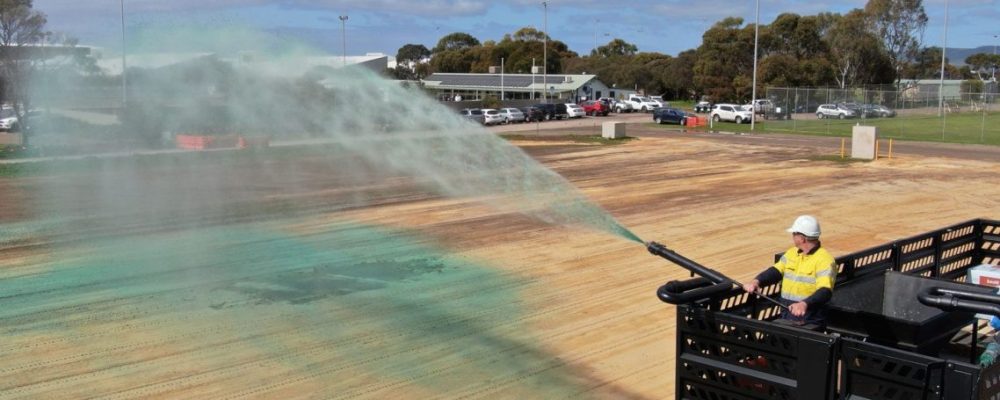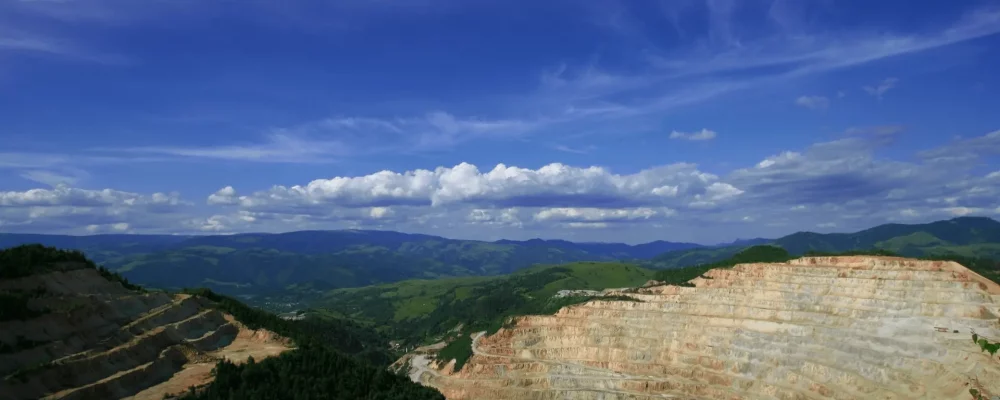Soil profiles refer to a specific type of soil that has been studied in detail. It typically includes descriptions of each layer of a particular type of soil as well as information about its properties such as texture, color, pH level, chemical makeup, and more. In many cases, these detailed analyses also include microscopic examination for a better understanding of the subsurface environment
The basic components of the soil generally consist of organic matter (such as leaves, plants, and animals), minerals (rock fragments), water, air, and microorganisms that live within the soil itself. Together, these components form the various layers or “horizons” present in most soils; often labeled from top to bottom or A-E if multiple layers exist.
Horizon A tends to be organic material at the surface, while horizons B-C are composed primarily of clay particles and mineral particles respectively; horizon D often contains a greater proportion of clay than B or C; and finally, horizon E is typically composed entirely of bedrock which lies directly beneath all other horizons.
Stages Of Soil Formation
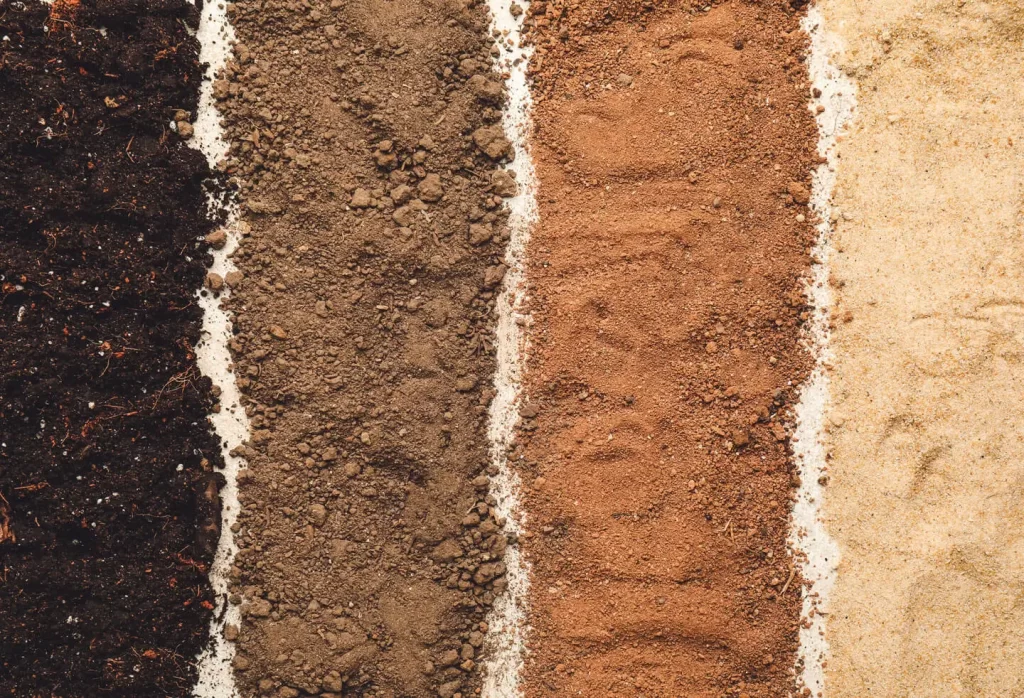
Soil formation is an important process in the environment, and it involves a series of stages that begin with parent material, such as rock or sediment. Over time, this material undergoes physical and chemical changes which result in the formation of humus or organic matter. This organic matter then provides nutrients to plants and other organisms which live in the soil.
The process of soil formation is a complex one, involving several factors such as climate, topography, vegetation, and parent material. Different soils are formed depending on the combinations of these factors. Here are the different stages of soil formation.
Weathering
Weathering is a process that breaks down rocks and minerals into smaller particles, creating sediment. It is the primary way for the soil to form and be replenished over time. The stages of this formation include physical weathering, chemical weathering, biological weathering, and mass wasting.
Physical weathering happens when rocks are broken down by elements like wind, ice, or water; chemical weathering occurs when the acidity in rainwater breaks down rocks; biological weathering happens when plants or animals cause physical or chemical changes to rocks; and mass wasting includes processes such as landslides that move already-weathered material downhill.
Through these processes, new soil is created each year with a variety of textures and nutrients that support plant life in any particular region.
Deposition
Deposition plays an important role in soil formation as it gradually adds new material to the soil which helps form new minerals and organic matter. It begins with the deposition of sediments such as rocks, gravel, and sand particles onto land surfaces. As these particles accumulate they interact with organic material like leaves and plant roots to create soil layers or horizons.
Further erosion by wind or water can break down sediment particles creating finer texture soils like clays or silts. Through these processes, soil structure develops allowing for aeration and promoting healthy microbial life. The combination of deposition and weathering eventually creates a variety of different types of soils providing the foundation for terrestrial ecosystems around us.
Organic Matter Addition
Organic matter is essential for soil to develop structure, porosity, and fertility. This process can take hundreds to thousands of years and involve several stages, including organic matter addition, mineralization, weathering, and leaching.
Adding organic matter to soil can help improve its quality and increase microbial activity. Furthermore, it can provide key nutrients such as nitrogen, carbon, and phosphorus which are essential for plant growth.
Leaching
Leaching plays an important role in this process, as it helps to release essential nutrients from the upper layers of soil and transport them to lower layers. Through leaching, these essential nutrients can reach deeper parts of the soil where they can be used by plants and other organisms. It also improves water infiltration into the soil and increases its fertility. As a result, leaching is a critical stage in the overall soil formation process.
Compaction
Compaction is the process of increasing soil density through the mechanical compression of individual particles. This can be done by natural processes such as rain, erosion, and wind, as well as human activities like construction and agriculture. It affects the structure, fertility, and permeability of soils, making them more conducive to plant growth and water retention.
Erosion
Erosion plays an important role in the process, as it works to break down and reshape the land surface. Over time, this can lead to the production of new soil particles which are then moved by water or wind, leading to further changes in the landscape. Understanding these different stages of erosion is essential for soil management and conservation efforts.
Types Of Soil Profiles
Soil profiles are an important component of any land’s natural environment. They provide vital information about the physical, chemical, and biological characteristics of the soil that surrounds us. They reveal the history of soil formation and can indicate to scientists how various environmental factors have impacted or could potentially impact its structure.
By studying soil profiles, we can better understand how our environment works, and how to better protect it for future generations.
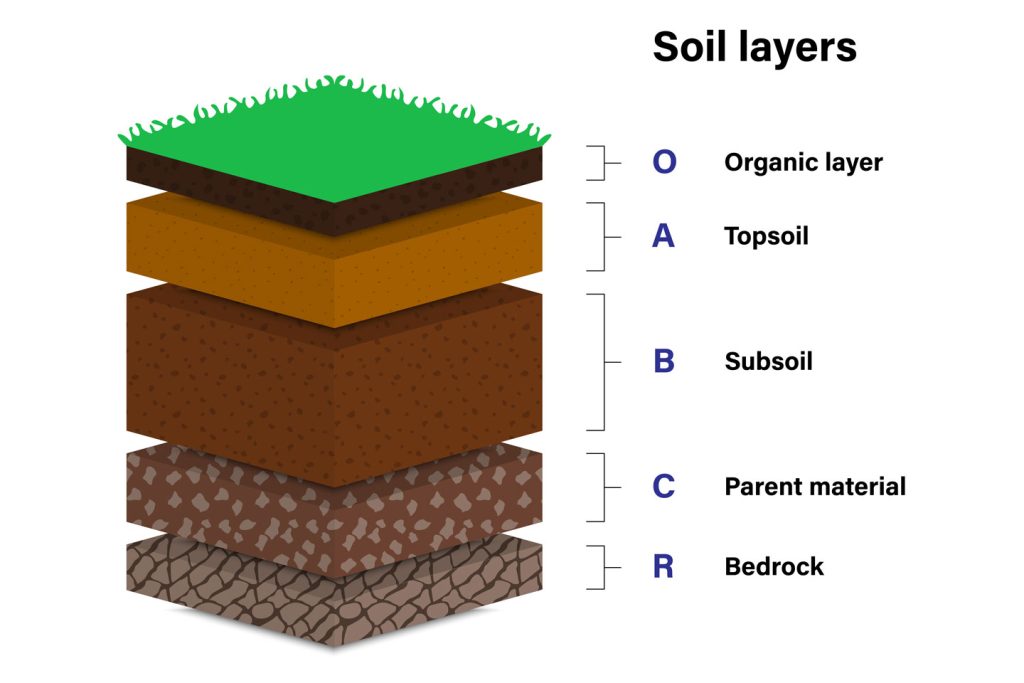
The O-Horizon
The O-Horizon is the top layer of a soil profile, and it is composed of organic material such as leaves, twigs, and other plant debris. This layer helps maintain the structure of the soil profile, improving soil water retention and decreasing erosion. It also helps create an environment that supports the growth of beneficial organisms like bacteria and fungi.
The A-Horizon
The A-Horizon is the second layer in a soil profile and is also referred to as the “zone of leaching”. This layer consists mostly of mineral particles left behind by weathering processes such as precipitation, runoff, temperature changes, or biological activity. The A-horizon has been affected by both oxidation (oxygenation) and leaching (dissolution). As a result, this layer contains fewer nutrients than those found in deeper layers.
The B-Horizon
The third layer known as the B-Horizon lies beneath the A-Horizon. This layer contains larger particles of minerals than those found in the A-horizon because they have not been altered by prolonged leaching or oxidation processes.
It also holds more organic matter due to its lower decomposition rate than other layers. As a result, this layer tends to be richer in nutrients than different layers because it has maintained more organic material over time.
The C-Horizon
The fourth layer is known as the C-horizon, which lies beneath both the A and B horizons. This layer is composed mainly of unconsolidated materials such as clay particles or rock fragments that have been deposited by wind or water erosion over time. This results in higher levels of nutrients relative to other layers due to its slow rate of decomposition, but can also lead to diminished drainage due to its high clay content.
The R-Horizon
The fifth and final layer present in most soil profiles is known as the R Horizon — the bedrock layer that provides support for all other layers above it. This horizon consists mainly of solid rocks with very little organic matter present due to its slow rate of weathering and decomposition processes. As a result, this layer generally offers few benefits besides providing structural stability for all other layers above it.
How Does Soil Profile Impact Plant Life?

A soil profile is an important factor for plant life and growth. Each layer of the soil profile has its characteristics and affects various aspects of plant health such as root structure, nutrient availability, and water storage capacity. Proper management of the soil profile is essential for maintaining optimal plant health.
Factors That Influence Plant Life In Different Soil Profiles
Soil profiles are an important factor in determining the health and growth of plants. Different soil profiles can influence the nutrients available to plants, as well as the structure of the soil itself.
Soil testing is a great way to determine what type of soil you have, and how it may be affecting your plant life. Through careful analysis, we can better understand your soil profiles and make sure that your plants are growing to their fullest potential. By understanding these factors, we can ensure healthy and vibrant plant life for years to come.
Benefits Of Soil Study
Soil study provides many benefits, from understanding the structure and composition of soils to helping farmers and gardeners manage their land more sustainably.
By studying soils, scientists can gain insight into the health of ecosystems, better understand how climate change affects soil, and help identify solutions to soil-related problems. This knowledge has implications for global food security, environmental conservation, and resource management.
Discover What’s Best For Your Soil
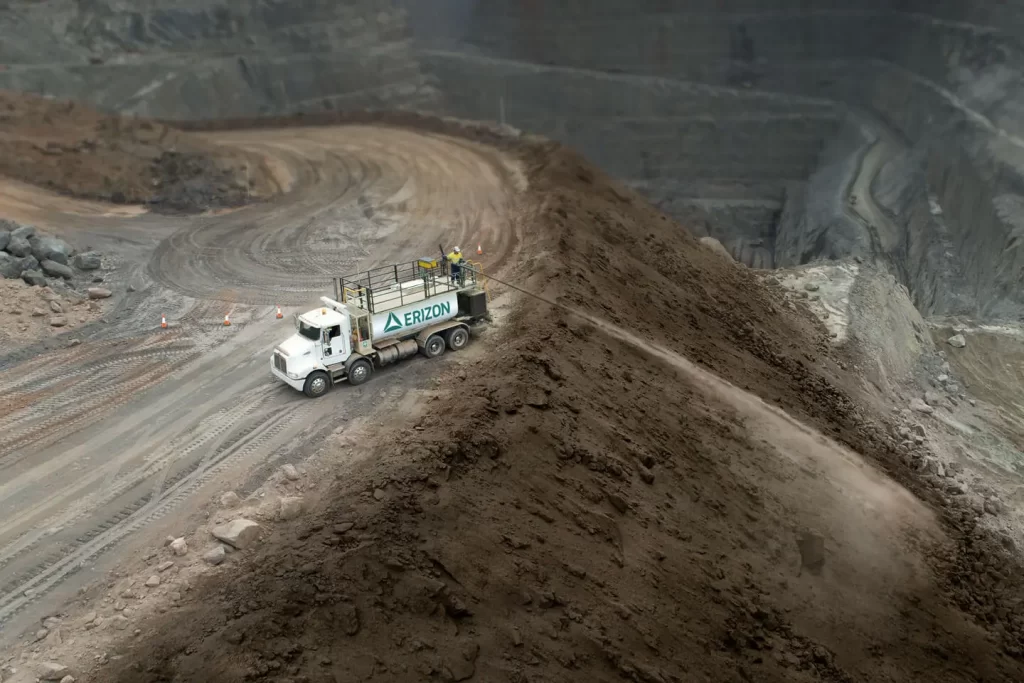
Discovering what’s best for your soil can be challenging but with the right tools and expert advice, you can get the most out of it. At Erizon, we offer comprehensive Revegetation services to help you identify soil types, nutrient levels, and plant requirements for optimal growth.
Unlock the potential of your land – get a soil profile analysis from Erizon today!
